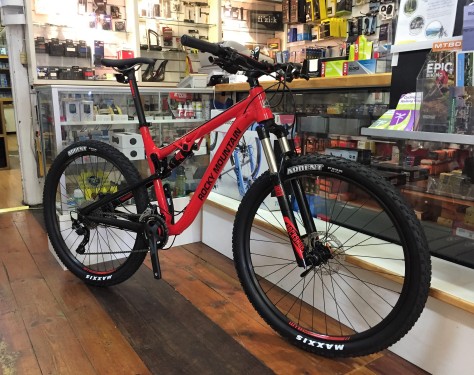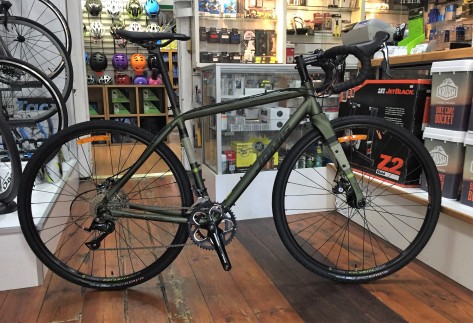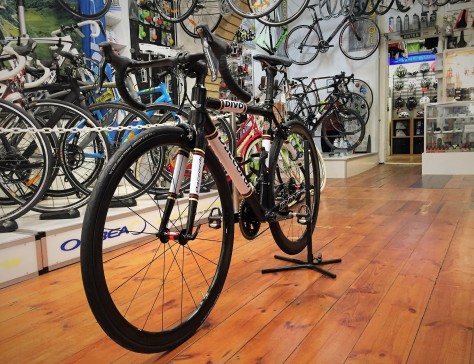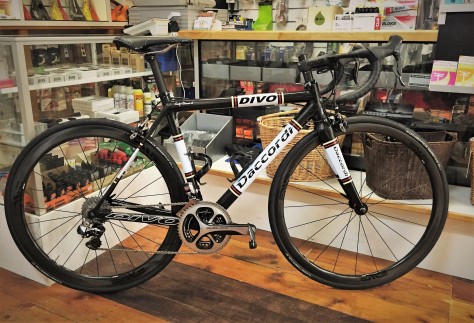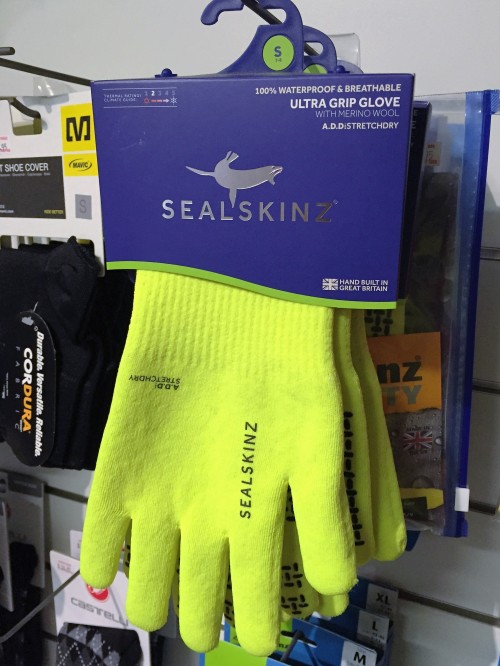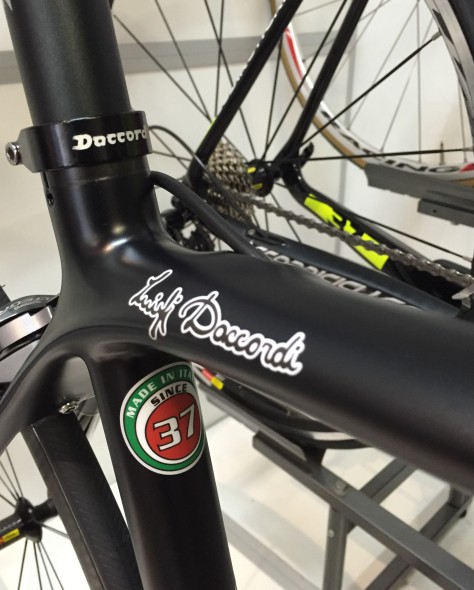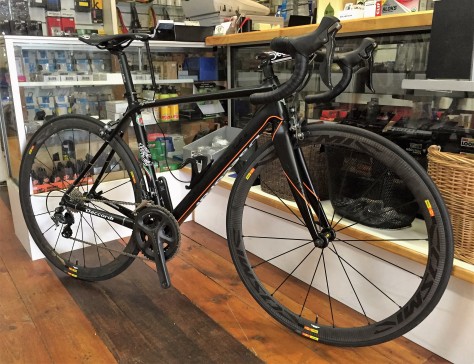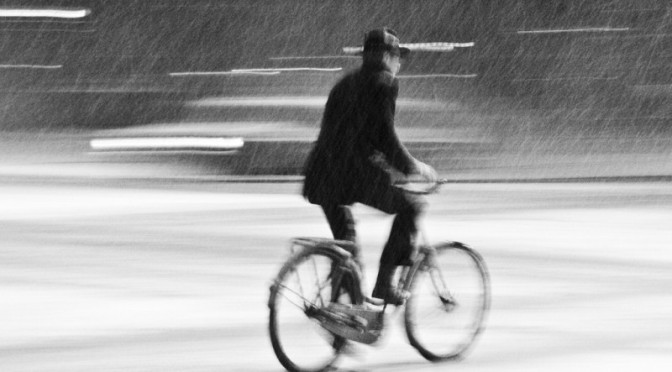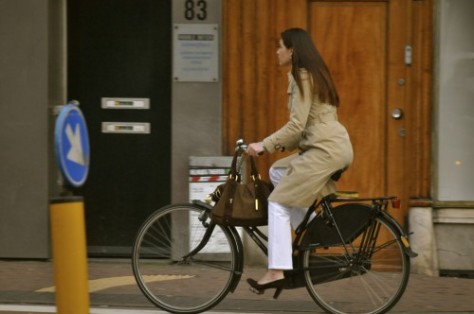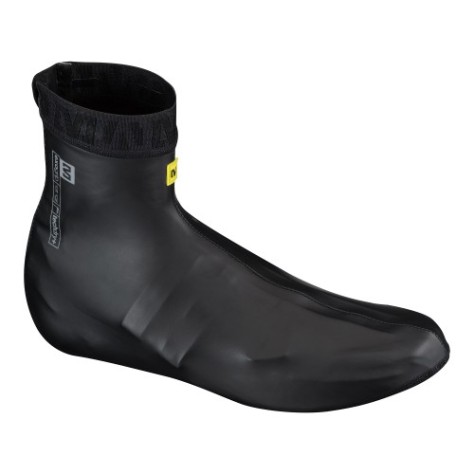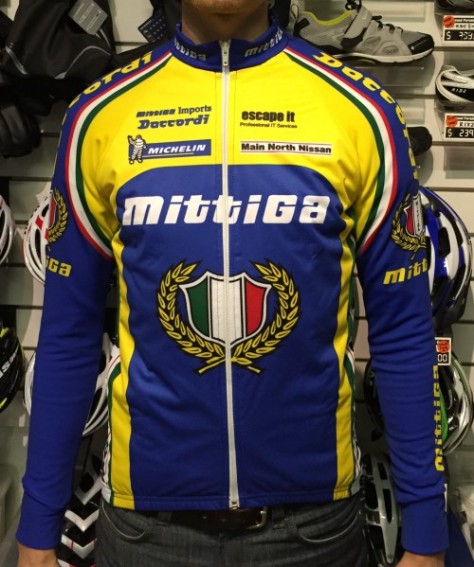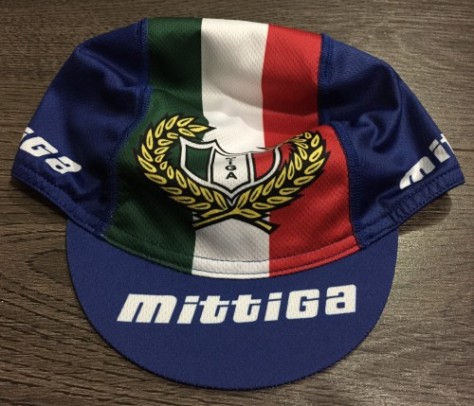
In Australia, e-bikes have gone from the fringe to centre stage in a short period of time. As a commuting tool, e-bikes make total sense as they provide a perfect solution to one of the main deterrents of getting to work on a bike – sweat. Next came e-MTB’s. Of course they caught a bit of flack from the purists, but they have quickly become just another way to have a ton of fun on the trails regardless if you are a new, unfit, or seasoned rider. Ride trails you couldn’t manage on a regular bike, fit more riding into less time, or shuttle yourself back up the hill for more descending.
And now… e-road bikes.
If mountain bikers threw shade at e-MTB’s, you can only imagine how dark “proper” roadies are already getting about the idea of an e-road bike. The popular sentiment among them is that users are just cheating, and from a simple, one-dimensional perspective, this makes some sense.
So, is there really a need for this kind of product? Isn’t half of the fun of road biking the challenge powering yourself up hills and to ever greater speeds on the flat? Aren’t modern road bikes light enough with easy enough gearing to make the need for power-assist mostly a non-issue?
Yeah but nah…
Well, some of the same reasons that commuter and mountain e-bikes make sense still apply to road bikes. There will always be people who enjoy the activity of cycling whose fitness isn’t what it used to be, still hasn’t arrived, or doesn’t match the pace of the group of people they usually ride with.

All of these are legitimate reasons for owning an e-bike of any description. Of course, a large chunk of enjoyment comes from the restorative qualities of simply riding a bike outside just for the enjoyment of riding a bike outside, which, clearly, can be done on a bike of any description and at any speed, with or without electronic assistance.
Some of the reasons, however, do not cross-over. Commuting, mountain biking, and road cycling have somewhat different qualities to them:
- A commuter e-bike’s job is to minimise the effort of getting from A to B. This would be missing the point of going for a road ride entirely (introducing a fun little line of argument about spending your money on expensive marginal gains for any other reason than because I like it and want it…).
- For mountain biking, an e-bike does reduce your effort even if you are quite fit and strong, but most of the fun of mountain biking is the technical aspect which (mostly) remains regardless of any power assistance. Yes, power does make certain obstacles easier to overcome, but you can follow this same argument all the way down the line by adding more suspension and wider tyres. Where one draws the line at how much “assistance” or “interference” is too much is both extremely cloudy and entirely subjective, based on an individual’s motivation for mountain biking. Bottom line – tons of “proper” mountain bikers are embracing e-mtb’s because you can still have heaps of fun mountain biking.
- On a road bike, aside from technical descents, the main challenge is directly related to your body’s ability to put out and maintain a certain amount of effort. If you are not pedalling, if you are barely putting in any effort, why did you buy a road bike rather than a scooter? (note: more toys, is obviously a valid answer)
So, without the technical aspect of mountain biking or the specific desire to exert a minimal amount of energy… why e-road bikes?
Those three reasons, as mentioned above.

3+1 reasons why an e-road bike makes good sense
- You are either new to road cycling or would like to get into it but your workout history has involved bringing beers towards your mouth or other similar exercise regimes.
- You are not new to cycling but your fitness has seen better days or perhaps you are now living with some sort of medium-to-long-term debilitating condition.
- Bonus reason: you are old. Sorry, it happens to the best of us.
- Regardless of all or none of the previous reasons applying, your regular riding group consistently drops you on climbs.
“Alright”, you’re thinking, “so maybe I can accept that there is a legitimate market for these things, and maybe I would be happier with an e-road bike, but what’s so great about this one? What makes the Orbea Gain so amazing?” Well, let me tell you.
Why Orbea’s new Gain is the best e-road bike going
First, this bike looks the business. Truly, it looks fantastic for a regular road bike, but is really something special in the newly-emerging e-road category. No giant downtubes or awkward looking bottom bracket areas. Some other e-road bikes do an alright job at minimising how bid their downtubes are from the side, but the Gain looks like a proper road bike from all angles. It’s not that you’re going to sneak into your local races with this thing, but lets face it – normal bikes look better than awkwardly proportioned e-bikes, especially when upsetting the svelt lines of a nice road machine. Furthermore, there are no big displays and no complicated controls. There is one button, neatly integrated into the top-tube, that performs two functions. It couldn’t be easier (there is also an app with more access to the system, allowing the user to change and customise the settings).

vs.

Second, it still handles like a nice bike should. Yes, you can feel the extra few kilos, but on flat roads it’s hardly any different than a regular road bike, and the Gain goes down hills more confidently than most. This bike is hard to upset, but easy to turn in. It is smooth, great over bumps due to a slightly longer wheel-base, and stiff enough both through punchy climbs and hard corners.

Third – it has clearance for 40C tyres, so it’s also a really awesome gravel bike (and you can even order it with a 1x drivetrain).
Fourth, it’s light. The problem with looking so much like a regular road bike is that people forget that it’s still an e-bike when they pick it up. The large carbon fibre Ultegra version is 12kg, the alloy versions a little more, and the top model just a pinch over 11kg. For an e-bike. The average commuter bikes and mountain e-bikes are in the low to mid 20kg range and beyond that for the cheap ones. Oh yeah, did we mention that this comes in a flat-bar version?
Fifth, and maybe the best feature: Goldilocks would approve of the power output. Not too much, not too little. This one is just right. This may sound like a drawback to some of you, but stay with me. For anyone that loves (illegally) modifying e-bikes to turn them into pedal-assist motorcycles (and potential fire hazzards…), this will be bad news. Those people will consider the Gain under-powered. For anyone that still wants the experience and health benefits of riding a road bike, this is perfection.

One person that recently had a ride on the bike pictured said that one of the best things about this bike was that she was able to keep up with (and pass!) some of the more elite members of her group on the climbs, but, still felt as though she got a really good workout. Normally she spent the whole ride feeling like her heart was about to explode out of her chest, but the Gain helped her find that sweet spot.
I took this bike out for a hard run up a few of the usual hills around Adelaide, including Coachouse/Woodlands Way. Two things happened: I went considerably faster up this climb, and I also didn’t feel quite as close to death as normal for this climb.
As with any normal bike, the more effort you put in, the more you are going to feel it – you’ll just be going faster. The Gain levels the playing field, allowing less fit riders to keep up with more fit riders while everyone still gets a good workout. But – just as your effort will still increase with speed, so will it diminish with less speed. This allows you to put in a good effort and then sit back into the power-assist when you need to recover without coming to an absolute standstill. How good is that? The Gain also allows you to plug in their external battery that sits neatly in a bottle cage for a substantially longer range, so they’ve got that covered too.
Sixth – these start from $3,399 (and flat-bar versions starting at $2,999), with carbon fibre bikes from $5,999, not $8k or more. Check out the range at https://www.orbea.com/au-en/ebikes/road/cat
So there you have it. All the benefits of an e-bike combined with all of benefits of a good road bike. We should have our demo Gain in-store some time around mid-February, so give us a ring if you think this could be for you.


 Where the magic happens
Where the magic happens

